- Joined
- Jan 26, 2003
- Messages
- 22,146
A few years ago while reading another thread (to which I will post a link)*, I realized that my mother had a few pieces of Georg Jensen USA silver jewelry from the 1940's. She gradually found some accessories as well. (Georg Jensen USA had started to sell these during World War II.) I misplaced the accessories until recently, but now have photographed them. Only one pin is now missing from her jewelry (which leaves me with only a set of a pin and earrings (unless I have forgotten some pieces). I do have some stray accessories, however.
Deb/AGBF

*This is the thread:
Original Georg Jensen Thread For AGBF...[URL='https://www.pricescope.com/community/threads/georg-jensen-jewelry.25634/']https://www.pricescope.com/community/threads/georg-jensen-jewelry.25634/[/URL]
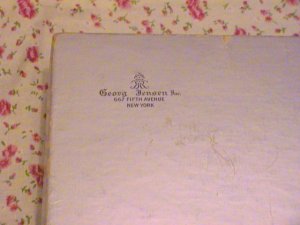
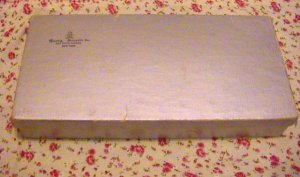
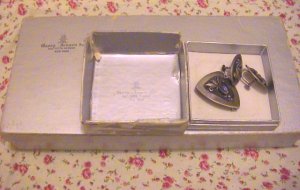
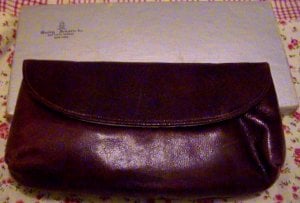
Deb/AGBF
*This is the thread:
Original Georg Jensen Thread For AGBF...[URL='https://www.pricescope.com/community/threads/georg-jensen-jewelry.25634/']https://www.pricescope.com/community/threads/georg-jensen-jewelry.25634/[/URL]






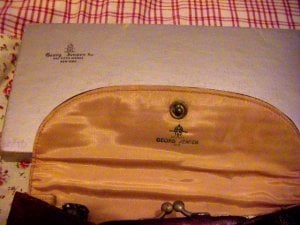
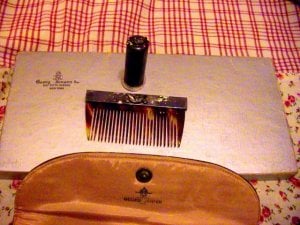
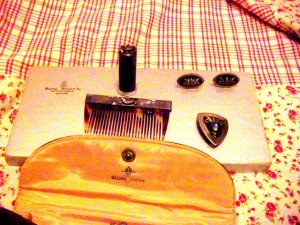
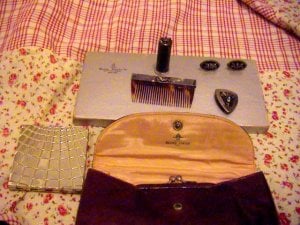
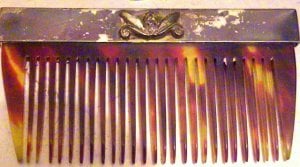
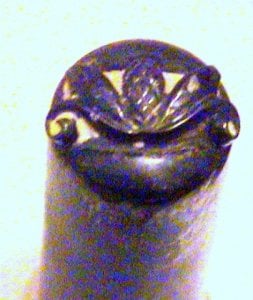
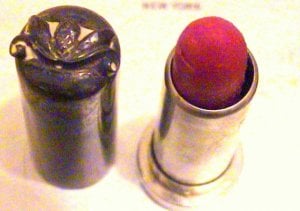
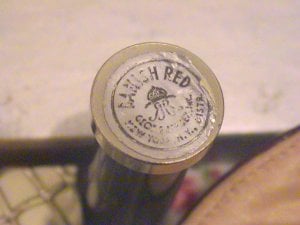
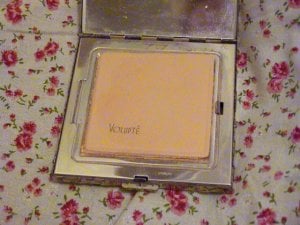
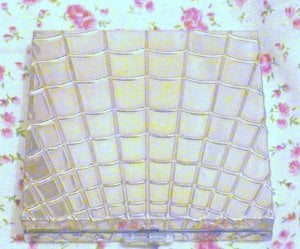


300x240.png)